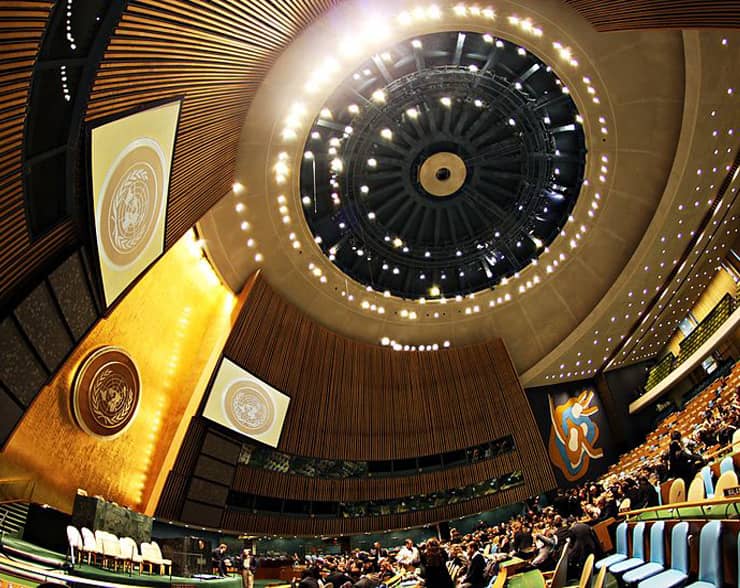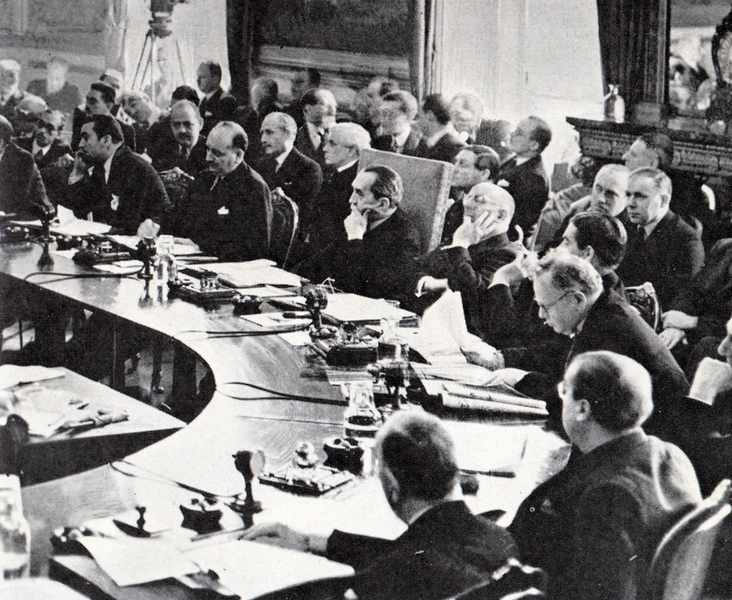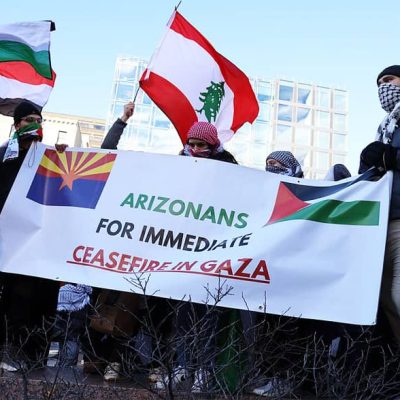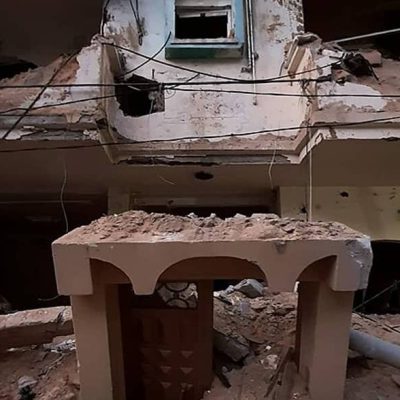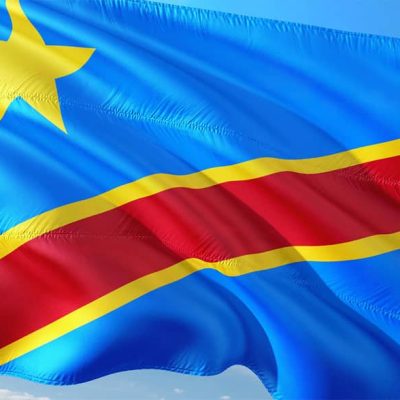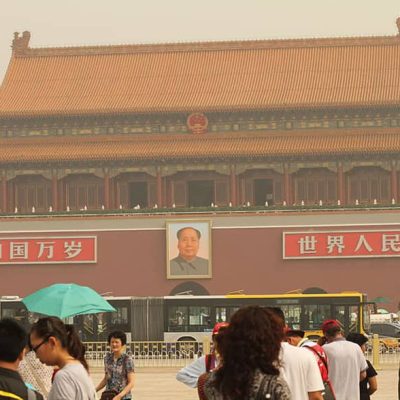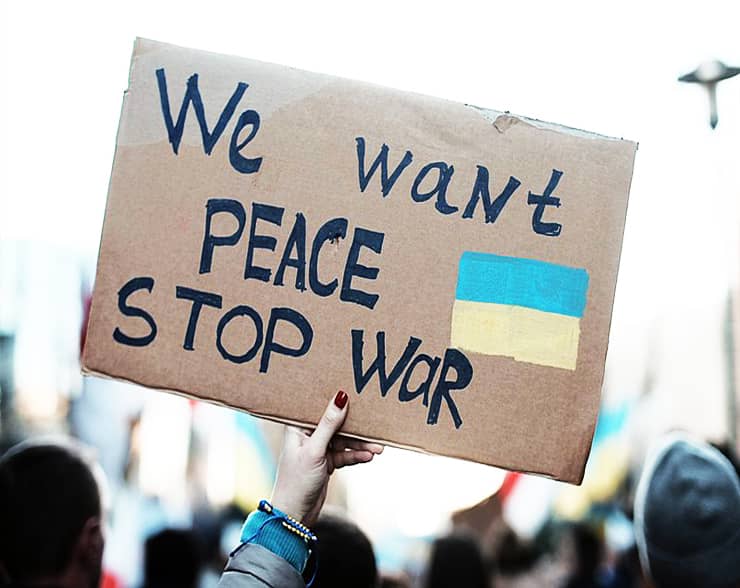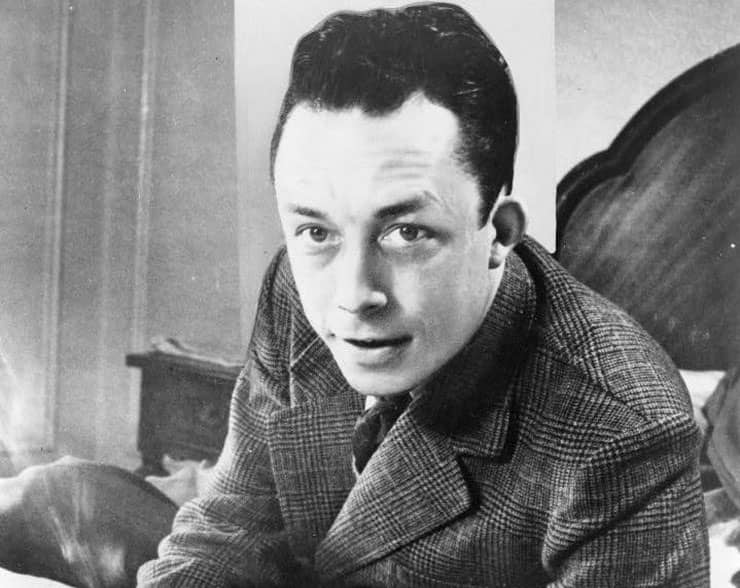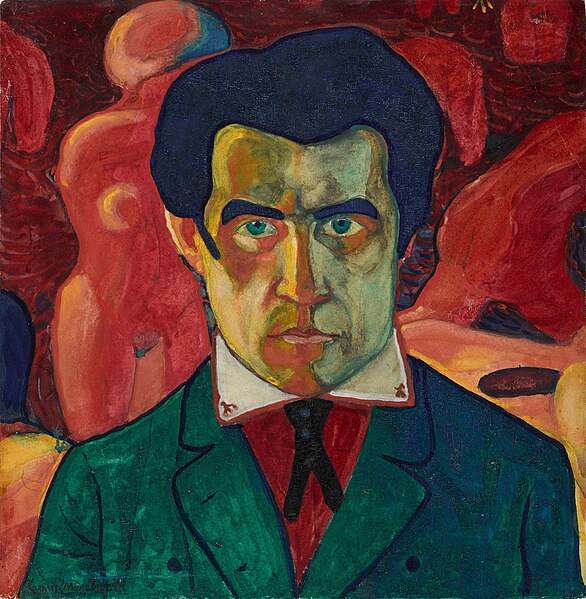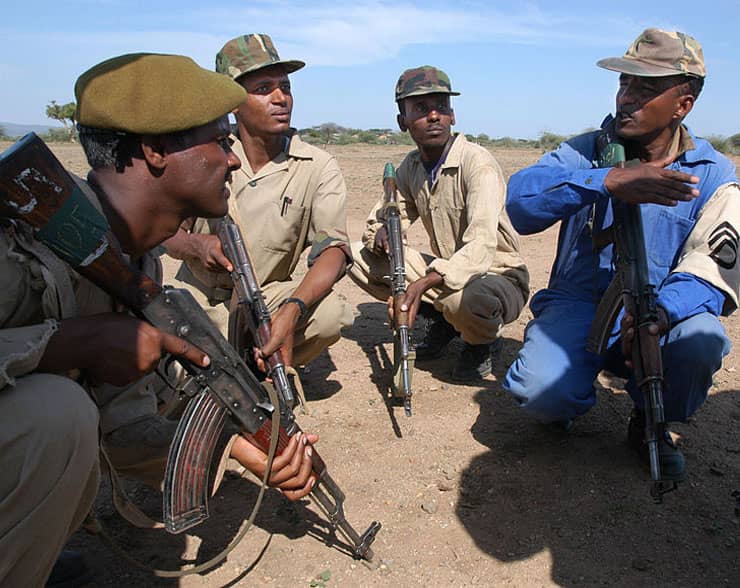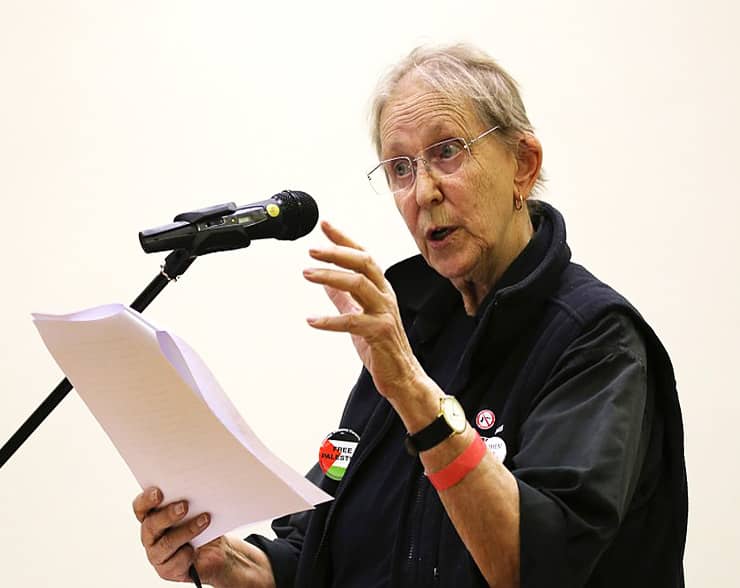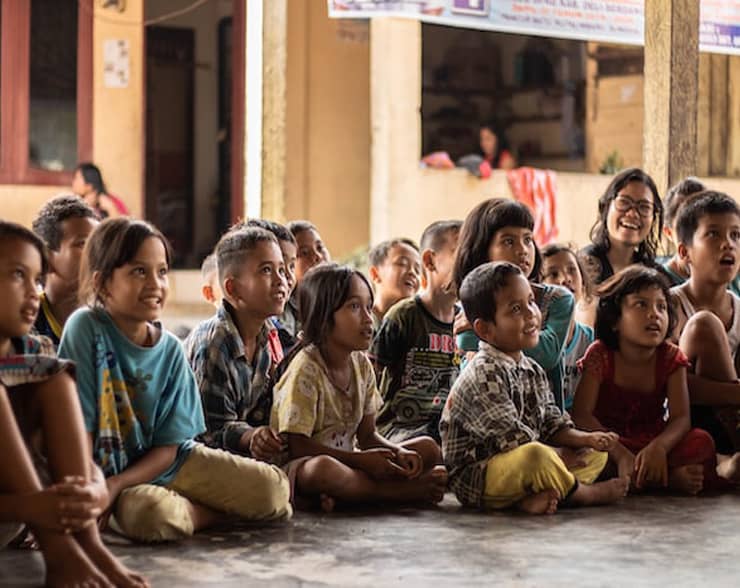 Appeals
Appeals
Convention on the Rights of the Child: The Vital…
Featured Image: Photo by Yannis H on Unsplash.
When the Convention on the Rights of the Child was unanimously adopted by the United Nations General Assembly on 20 November 1989; governments took a major step forward in establishing a framework of world law to protect the basic dignity and rights of children in all parts of the world.
Therefore on 20 November; we remember with gratitude those who worked to develop the concepts and reality of the Rights of the Child; but also to measure the tasks that are before us; especially as members of non-governmental organizations (NGOs). This universal framework is based on the principle that each child should have the possibility to develop into an active and responsible member of society. The way in which a society treats its children reflects not only its qualities of compassion and protective caring, but also its sense of justice, its commitment to the future and its urge to better the human condition for continuing generations.
Image by Basil D Soufi, CC BY-SA 3.0 <https://creativecommons.org/licenses/by-sa/3.0>, via Wikimedia Commons.
U.N. General Assembly: Can It Provide the Needed Global Leadership?.
“Save the Children International Union”.
The effort to create a legal framework for the welfare of the child began early in the League of Nations efforts with the Geneva Declaration of the Rights of the Child of 1924 which was largely based on a text written by the then newly-established NGO “Save the Children International Union”. Child welfare has always been a prime example of cooperative efforts among governments, scholars highlighting the conditions of children, and NGOs working actively in the field.
However, the Geneva Declaration served as the basis for the UN General Assembly resolution on the Declaration of the Rights of the Child adopted also on 20 November 1959. The 1959 Declaration was followed with more specific provisions of the Declaration on Social and Legal Principles; relating to the Protection and Welfare of Children, the UN Standard Minimum Rules for the Administration of Juvenile Justice; and the Declaration on the Protection of Women and Children in Emergency and Armed Conflict.
Featured Image: Stanley Bruce chairing the League of Nations Council in 1936. Joachim von Ribbentrop is addressing the council. By Commonwealth of Australia, Public domain, via Wikimedia Commons
The League of Nations and its unused Peace Army.
Special Working Group on the Rights of the Child.
In 1978, some representatives of both governments and NGOs in the UN human rights circles in Geneva felt that it was time to bring together these different declarations and provisions into a single text that would have the legal force of a UN convention. The Polish delegation to the UN Commission on Human Rights took the lead in this effort; but some governments felt that the different declarations needed to be closely reviewed and measured against changing realities.
Thus a Special Working Group on the Rights of the Child was created in 1979 under the chairmanship of the Polish representative; the legal specialist Adam Lopatka. Government and NGO representatives worked together from 1979 to 1988 for a week each year. There was a core group; including the Association of World Citizens; which worked steadily and which represented a wide range of different beliefs, values and traditions, as well as a wide range of socio-economic realities.
The Conventi
As a result of serious discussions, the Convention covers a wide range of human rights which can be summarized as the three “Ps”: provision, protection and participation. Each child has the right to be provided with certain things and services, such as a name and a nationality, to health care and education. Each child has a right to be protected from certain acts such as torture, exploitation, arbitrary detention and unwarranted removal from parental care. Each child has a right to participate in decisions affecting their lives as well as in community life.
The Working Group managed to come to a consensus on the final version in time for the General Assembly to adopt it on 20 November 1989, the anniversary date of the Declaration. The Conventi
Article 43 of the Convention.
To help governments to fulfill their obligations and to review national practices, a Committee on the Rights of the Child was created as called for in article 43 of the Convention. The Committee is composed of 10 independent experts elected for a four-year term by the States which have ratified the Convention. The Committee usually meets three times a year for a month each time in Geneva to review and discuss reports submitted by governments, once every four years. The sessions of the Committee are largely carried out in a non-confrontational dialogue with an emphasis on “unmet needs”. The discussion usually lasts six to nine hours for each country. The Committee members have received information and suggestions from NGOs in advance. The Committee members ask many questions and based on the government’s responses, make suggestions for improving the promotion and protection of children’s rights in the country.
By creating a common legal framework of world law, the Convention on the Rights of the Child has increased levels of governmental accountability, bringing about legislative and institutional reforms, and increasing international cooperation. As James P. Grant, then UNICEF Executive Director said:
“Transcending its detailed provisions, the Convention on the Rights of the Child embodies the fundamental principle that the lives and the normal development of children should have first call on society’s concerns and capacities and that children should be able to depend upon the commitment in good times and in bad, in normal times and in times of emergency, in times of peace and in times of war, in times of prosperity and in times of recession.”

Flag of the United Nations Children’s Fund (UNICEF), an organization of the United Nations. By Delehaye, CC0, via Wikimedia Commons.
Rene Wadlow, President, Association of World Citizens.

President, Association of World Citizens (AWC).
Estudied International relations in The University of Chicago.
Estudied Special Program in European Civilization en Princeton University
Here are other publications that may be of interest to you.
Burma’s Crumbling Junta
February first marked the anniversary of the military coup which overthrew the government of Aung San Suu Kyi in 2021. She was in practice the leader of the government but…
Preventing the Expansion of the Gaza Conflict: Are Peace Brigades a Possibility?
Antony Blinken, the U.S. Secretary of State, has been again in the Middle East working to prevent the violence of the Gaza Strip of spreading to much of the area. …
World Citizens Call for an Inmediate End to Hostilities between Israel and Hamas, and for a Genuine Peacebuilding Effort in the Middle East.
Featured image: The impact of the Israeli bombing on a civilian building in Gaza (2021). By Osama Eid, CC BY-SA 3.0 https://creativecommons.org/licenses/by-sa/3.0, via Wikimedia Commons. The AWC, a Nongovernmental Organization…
World Humanitarian Day: A Need for Common Actions.
Featured Image: Photo by Wylly Suhendra on Unsplash. The United Nations General Assembly has designated 19 August as “World Humanitarian Day” to pay tribute to aid workers in humanitarian service…
Peace Planners: Awake!.
Featured Image: Photo by Eddie Kopp, Unsplash. The recent NATO Summit in Vilnius is an indication that the war planning community is busy at work in the spirit of Von…
Track Two Efforts Needed to Reduce China-India Frontier Tensions.
Featured Image: Arunachal Pradesh – India. Photo by Unexplored Northeast, Unsplash. There has been a constant buildup of military forces by the governments of both India and China along their common frontiers. …
Democratic Republic of Congo: Sky Getting Darker.
Photo by jorono, Pixabay. The armed conflict in the eastern area of the Democratic Republic of Congo (RDC) on the frontier with Rwanda seems to be growing worse and is…
World Refugee Day.
June 20 is the United Nations (UN)-designated World Refugee Day; marking the signing in 1951 of the Convention on Refugees. The condition of refugees and migrants has become a “hot”…
4 June: Memories of Tiananmen Square.
4 June makes the security forces in China somewhat uneasy, especially in Hong Kong where, in the past, there were large memorial meetings tp remind people of 4 June 1989…
International Day of the Oceans.
Featured Image: Photo by Marek Okon, Unsplash. Progress on Asian Maritime Delimitations Needed. 8 June has been designated by the United Nations General Assembly as the International Day of the Oceans to…
